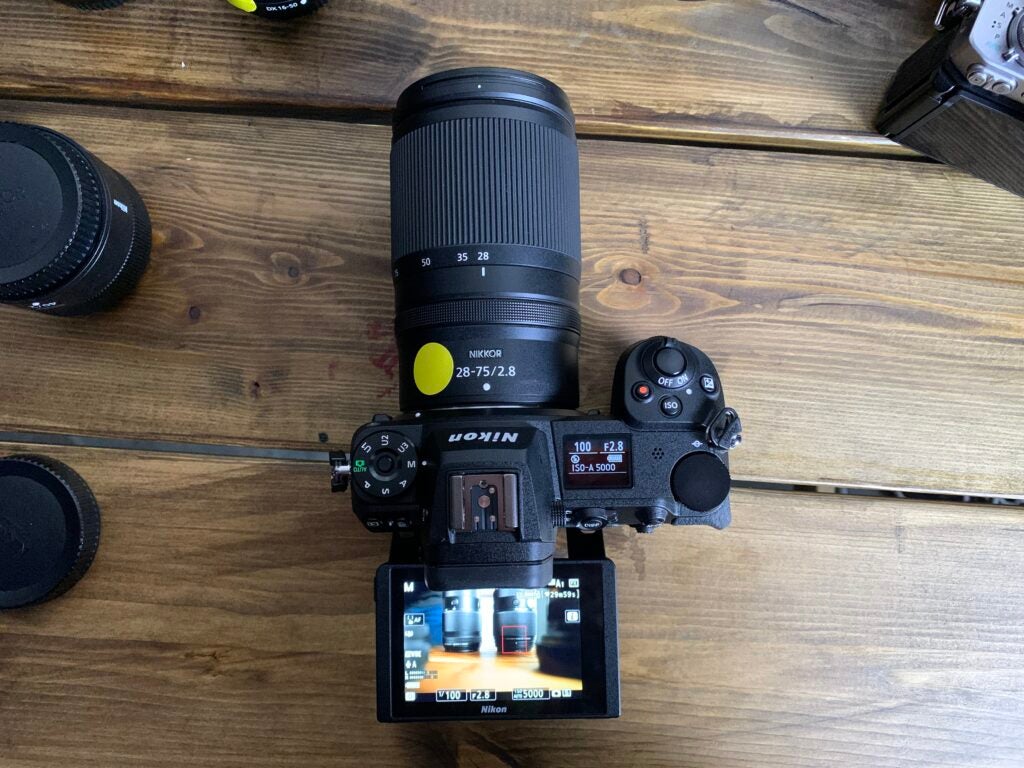Nikon recently announced the Nikon Z6 III, which means the Nikon Z6 II could be due a discount anytime now.
Whether you’re looking to get the most bang for your buck and are weighing up your options or you already own a Z6 II and are wondering whether version three is worth the upgrade, you’ve come to the right place.
We’ve rounded up some of the biggest upgrades coming to the Nikon Z6 III to see how the camera measures up to its predecessor, the Z6 II.
The Nikon Z6 III features a partially stacked sensor
One of the biggest upgrades on the Nikon Z6 III comes in the form of a 24.5-megapixel partially stacked CMOS sensor.
This first-of-its-kind sensor format uses the same technology found in a stacked sensor but is cheaper to produce due to the fact it isn’t fully stacked. This puts its speed somewhere in between a non-stacked sensor and a fully stacked sensor, making it ideal for a mid-range camera like the Z6 III.
The result is a 3.5x faster readout speed compared to that of the 24.5-megapixel sensor found in the Nikon Z6 II.


The Nikon Z6 III benefits from a brighter viewfinder
Another major improvement this time around is the impressively bright electronic viewfinder.
The 5670-dot EVF in the Nikon Z6 III has a 60fps refresh rate and a peak brightness of 4000 nits, making it Nikon’s brightest EVF yet and idea for shooting on sunny days. The viewfinder is also the first to support a wide DCI-P3 colour gamut for more lifelike colours.
The Nikon Z6 II, on the other hand, features a lower-resolution 3690k-dot OLED EVF with 11 levels of manual brightness controls. Nikon has not stated how many nits the Z6 II can reach but we know the Z6 III is the company’s brightest yet so it’s safe to say it’s lower than 4000 nits.
The Nikon Z6 III includes more subject-detection modes
The Nikon Z6 III is the first camera in the Z6 series to include different subject-detection modes, including people, animals, and vehicles. The camera can also detect and track birds within the animal mode.
This makes the Z6 III better suited to wildlife photography and sports such as racing compared to the Z6 II.


The Nikon Z6 III can record 6K RAW video
Finally, the Nikon Z6 III is the first Nikon Z6 camera to include support for 6K video recording, making it a serious competitor in the hybrid mirrorless market.
The Z6 III is capable of capturing 6K/60p RAW video internally, as well as 4K/60p oversampled from 6K. The camera can also capture 10x slow motion video at 240p.
The Z6 II, on the other hand, can record 4K video at up to 60p, along with up to 5x slow motion footage.




